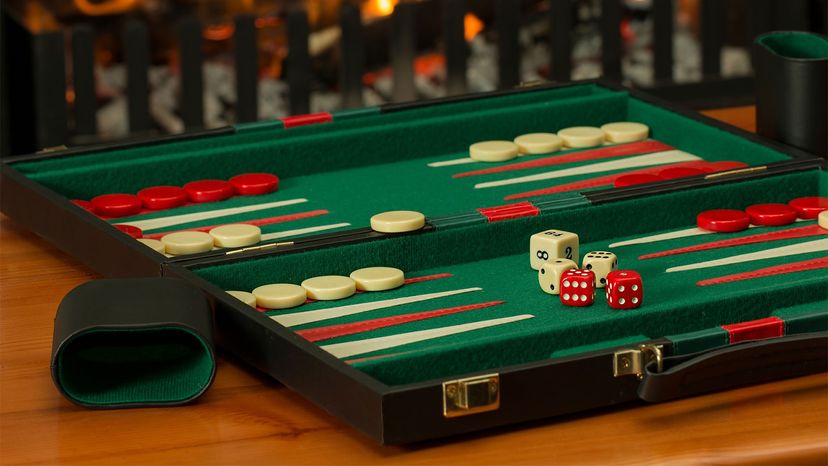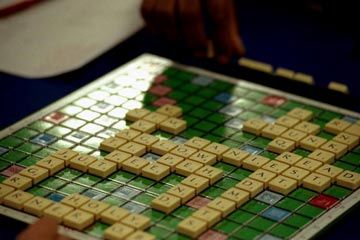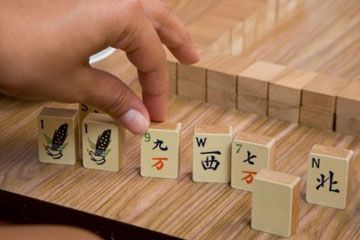
A 17th-century painting by the Dutch painter Jan Steen — "Argument Over a Card Game," shows a sword fight erupting over a spilled backgammon board. The tumultuous Baroque scene hints at the true nature of backgammon — it's exciting enough to make even the most level-headed person want to whip out a sword.
Steen's painting makes another thing clear: Backgammon has loomed large over leisurely activities for centuries. Historians estimate that it's one of the oldest games in existence, with origins dating back some 5,000 years ago. Back then, players used dice made of human bones, but they didn't call the game backgammon. In fact, the word didn't appear in print until 1645. Before that, the game was known by many different names. The Romans, credited with making the game widely popular, called their version "duodecum scripta et tabulae" or "tables" for short.
Advertisement
As the 20th century dawned, the game began to fall out of favor with people looking for quick thrills. Then, in 1925, a backgammon aficionado came up with the concept of doubling the stakes. At about the same time, the multiplayer version of the game known as chouette burst onto the scene. These innovations ushered in a backgammon revival that has continued to this day. Modern players can travel around the world to participate in tournaments or go online to play internet versions of the game. But all of these interpretations recall backgammon in its purest form: two friends, gathering at a local pub or tavern, to see who can be the first to race their checkers off the board.
Everything begins with the proper equipment, and so must we. Up first, we'll consider the backgammon board, without which the game would be impossible.


